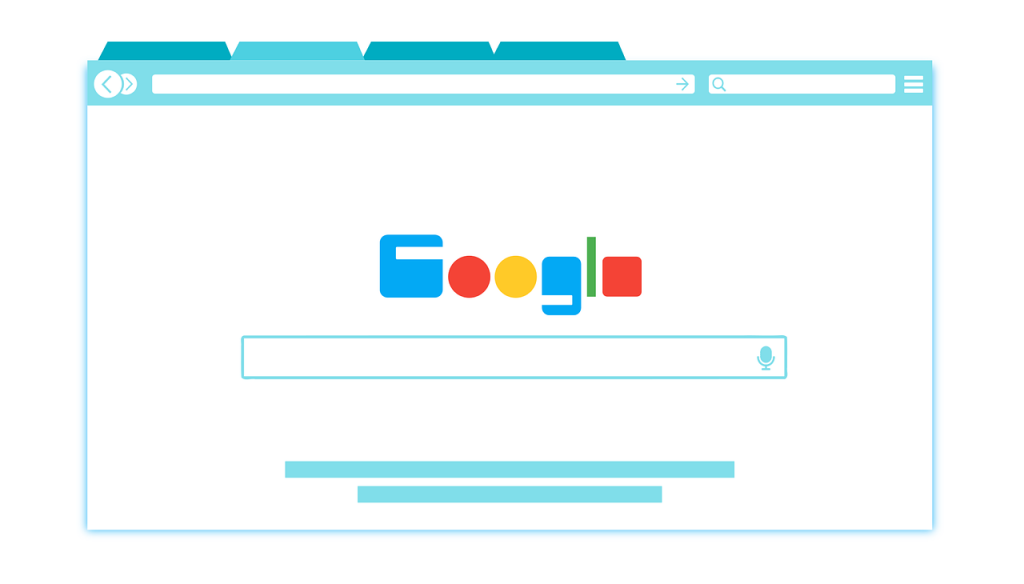Adieus to Google mid-range phones since the company confirmed the discontinuation of Pixel 3A and 3A XL
Very disappointing news hit the tech market yesterday as Google confirmed that there won’t be any further production of Pixel 3A and 3A XL. Google provided a statement to the Android Police about the discontinuation of these mid-range Google smartphones. The company said that there will be no more stock available for these phones on the Google Store.
Where can you still get Pixel 3A and 3A XL?
Google has completed selling all its Pixel 3A and 3A XL through its inventory. But, some of the units might be still available and one can get them from third party retailers. Google said that though they are completed sold through its inventory some of its partners might still have 3A. So, anyone who is still interested in grabbing one of the last pieces of Pixel 3A, hurry up. If you are lucky enough you can still manage to find a retailer with a few last units of these amazing smartphones.
Before Google confirmed that it won’t produce any more units of 3A or 3A XL, the official Google Store marked the product 3A as “Out of Stock”. But, eventually, after the statement was released yesterday, the company changed the status to “Unavailable”.
And, if you are looking for any third party retailers, go and check up in Amazon as well. In Flipkart, it is still showing out of stock instead of unavailable. People who were eyeing 3A for a long time now must be heartbroken especially when this model became a big hit for its amazing camera at a comparatively lower price.
Pixel 3A was a big hit
When Pixel 3A was released, it went off the “mediocre” level and gave a strong competition to the expensive smartphones as well. The best thing that attracted most of the buyers was the Pixel 3A camera. For $399, Pixel 3A was giving away camera quality that could outrun even some of the most expensive smartphone’s camera. The outlook of Pixel 3A was also similar to the high-ranking Pixel 3 models.
The camera with a 12.2-megapixel sensor with f/1.8 aperture made Pixel 3A’s camera even better than the camera on iPhone XR. What can a user ask for when he or she is already getting a smartphone with a camera than can surpass iPhone’s camera in a lower budget?
The Pixel 3A phone came with an 8-megapixel front camera and many advanced features such as Night Sight, Dancing AR Cartoons, Time Lapse, etc. Apart from the general audience, this might be one of the best choices for any photography enthusiast out there. Because, whenever it’s not possible to carry that heavy big gear and other equipment, the phone can easily capture some great shots.
But, with Pixel 3A and 3A XL disappearing from the market, people will be talking more about Pixel 4. Also, words have been floating on the air about the successor of Pixel 3A, Pixel 4A might come anytime soon.
Is Pixel 4A coming anytime soon?
With Google’s phone becoming a big hit after the release of Pixel 3A and 3A XL, Google was about to launch the new Pixel 4A this year. But, many big plans have been altered after the pandemic has hit our world. And, due to the harsh consequences of COVID-19, many products launched are delayed which also includes the cancellation of Google I/O 2020. So, it has been a long time since Google made any official announcement about Pixel 4A.
Last month when the company Android 11, it didn’t make any statements about the release of Pixel 4A. But, even before a company makes an official announcement, some of the details get leaked over time. So far, the specifications we have come to know about Pixel 4A are a display of 5.81 inches with a Snapdragon 730 processor. Pixel 4A will have 6GB RAM with a questionable internal memory (64GB or 128GB). The video recording capabilities of 4A will be as same as Pixel 4 with the camera specifications of Pixel 3A.

Annasha Dey is an NIT student, who apart from studying engineering is also a content writer. She has a great interest in photography, writing, reading novels, and travelling as well. She is a foodie who loves socializing and hanging out with her friends. She is also a trained Kathak dancer and a big fashion enthusiast. Dey also loves watching TV series, which includes F.R.I.E.N.D.S. and Big Bang Theory. To be a better writer she prefers to read more




